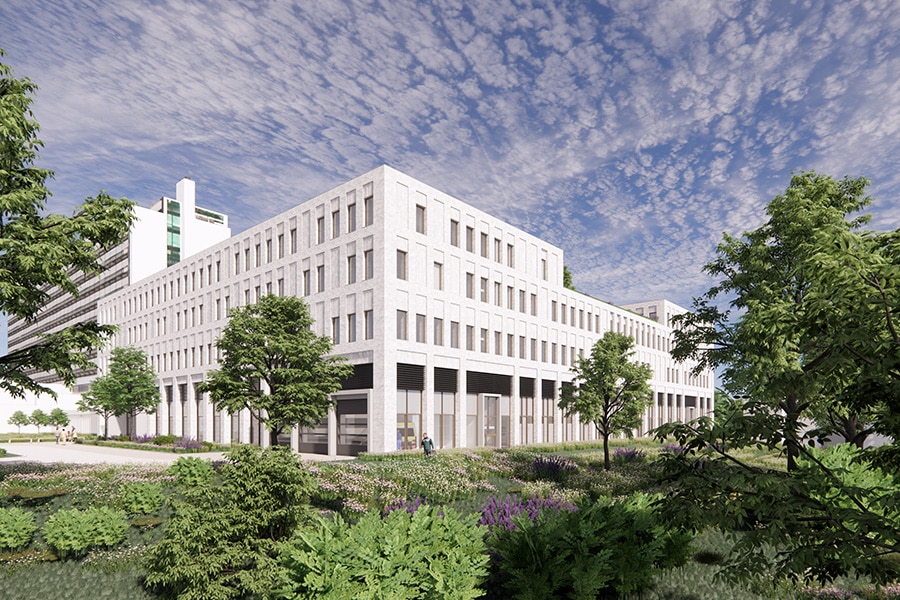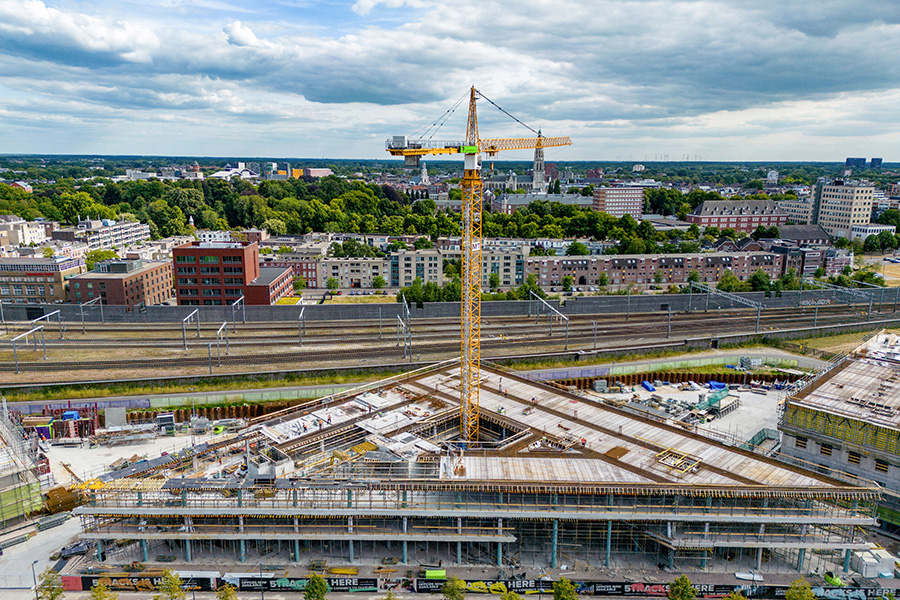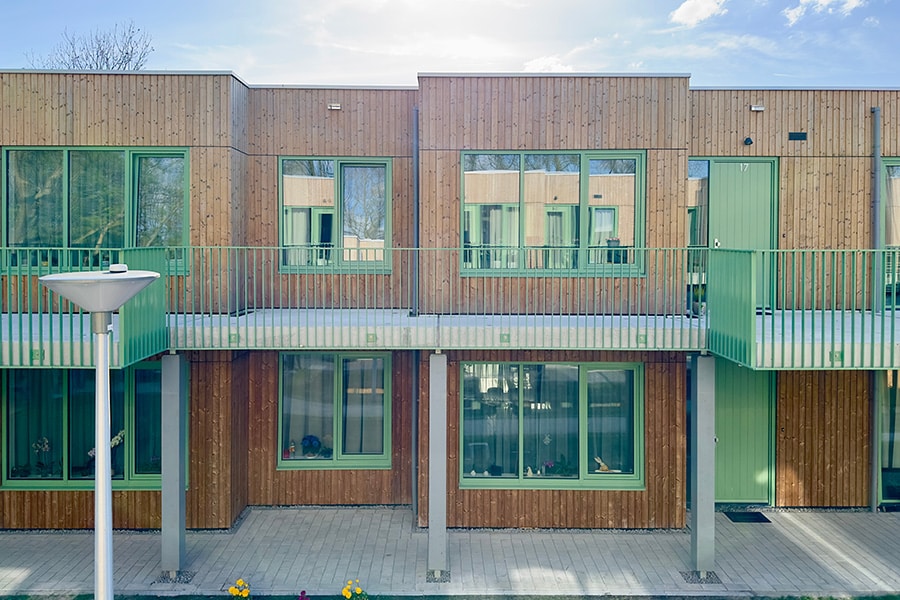
Circular facade construction
VIANEN believes in providing the best products with the lowest possible environmental impact. “Wood is our core in this,” says product manager Thijs Baneke. “It is an honest, natural and versatile material that we have grown up with and will continue to build on in the future. After all, wood is sustainable, CO2-neutral, reusable and radiates warmth. During its growth, the material does not emit any CO2 at all. On the contrary. In fact, our forests store CO2 and remove it from the atmosphere.”
Wooden window frames and precast hsb elements
VIANEN is a leader in the production of wooden window frames and precast hsb elements, which fit perfectly within circular building concepts with minimal CO2-footprint. “In order to be able to use wood in high-rise buildings as well, we have invested for years in products that meet the technical and structural requirements. Both for hsb elements and window frames,” says Baneke. “In high-rise buildings, there are strict requirements for wind and water tightness and air tightness. This requires sophisticated detailing, particularly at the connections between the hsb elements and structural shell. Through clever design choices and accurate finishing on both the water-resistant exterior and the vapor retardant interior of the HSB element, we achieve the very best performance, as well as a high level of comfort. Our elements are tested to 600 Pa wind and water tightness and suitable for buildings up to over 100 meters high in coastal areas. This performance is guaranteed in the KOMO certificate for non-load-bearing facade elements in high-rise and low-rise buildings.”
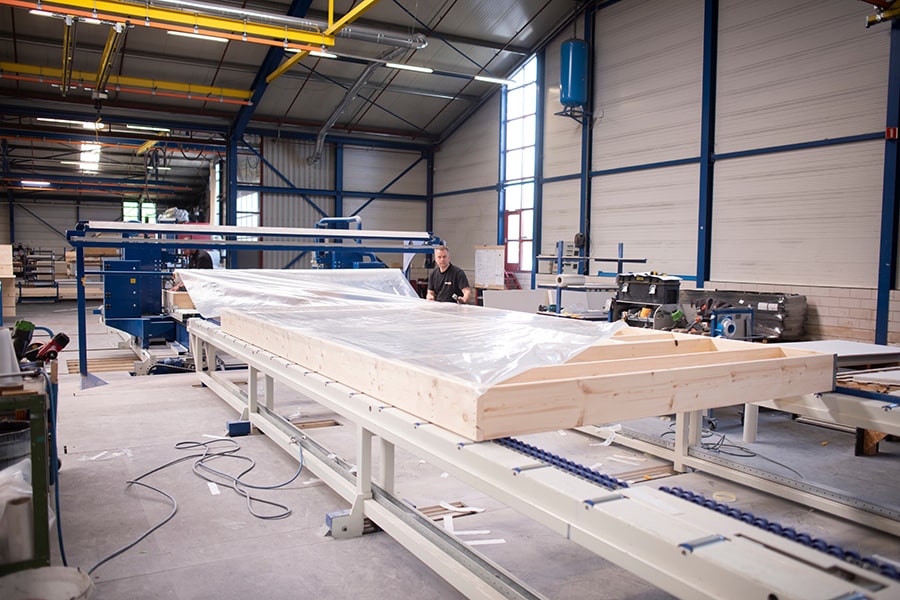
In addition to the wooden hsb frame - which was biobased before this term became common - VIANEN is constantly investigating additional biobased materials. Insulation plays a key role in this, because of its high environmental impact, Baneke said. “By default, the elements are filled with glass wool insulation. However, materials such as wood wool, cellulose, reed, hemp and flax are serious alternatives, the possibilities of which we are happy to explore. Of course, technical factors such as lambda value, mass and ecological footprint are carefully considered here, which also applies to producibility and technical durability. For example, a lower insulation value requires a thicker element, which in turn affects the use of wood. This requires a careful balance - which we like to think about with our clients. For example, a project is currently underway with wood wool insulation.”
The Climate Frame: specially designed for high-rise buildings
To also make wooden window frames suitable for high-rise buildings, VIANEN developed the Climate Frame: a wooden window frame with an aluminum exterior finish. This means: no painting outside, optimal protection against weathering and high scores on the sustainability ladder. “Because the wood is not directly exposed to the outdoor climate, we can use softwood. A fast-growing and European-produced type of wood, so the transport impact is low,” Baneke said. “The Climate Frame is completely detachable thanks to a dry glazing system (without sealant), making the materials - wood, aluminum and glass - easy to separate and reuse. We are also actively exploring the use of recycled wood in our window frames and the possibilities of modular, reusable systems.”
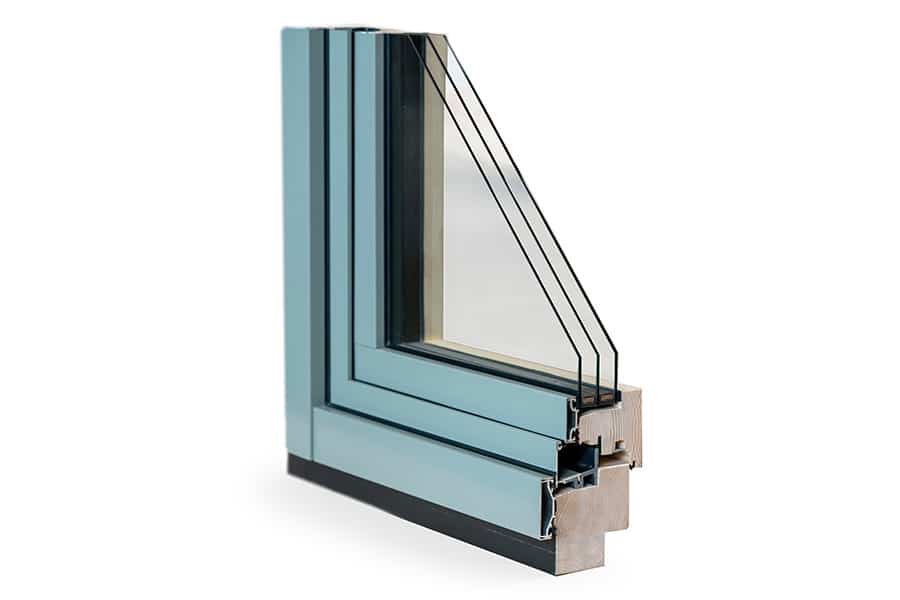
The Climate Facade: one complete and sustainable system
“The Climate Frame fits perfectly with our hsb elements,” emphasizes Baneke. “Together they form the Climate Facade: a complete and high-quality facade element with an outstanding environmental score, delivered ready-to-use on the building site. The Climate Facade complies with air permeability class 4, achieving a Qv;10 value of approximately 0.15 l/s/m² - excellent for energy-efficient homes. We offer a ten-year warranty on this complete system, which combines comfort, circularity and aesthetics.”
If desired, the Climate Facade can be provided with a facade finish in VIANEN's own factory in Montfoort and under controlled climate and working conditions. “This also reduces the number of transport movements, increases construction quality and shortens the construction time on site,” says Baneke. “So again, sustainability is central here.”
As of August 1, 2025, both Climate Frame and Climate Facade are included in the National Environmental Database (NMD). The environmental performance of these products can now be included directly in building MPG calculations.
Mission: a fully circular facade
VIANEN focuses entirely on the thermal envelope: from facade filling to window frames, glass and cladding, with the mission to achieve a fully circular facade. “With our knowledge, experience and innovative products, we realize complete, high-quality facade solutions with minimal environmental impact.”
Heeft u vragen over dit artikel, project of product?
Neem dan rechtstreeks contact op met Vianen window frames.
 Contact opnemen
Contact opnemen
